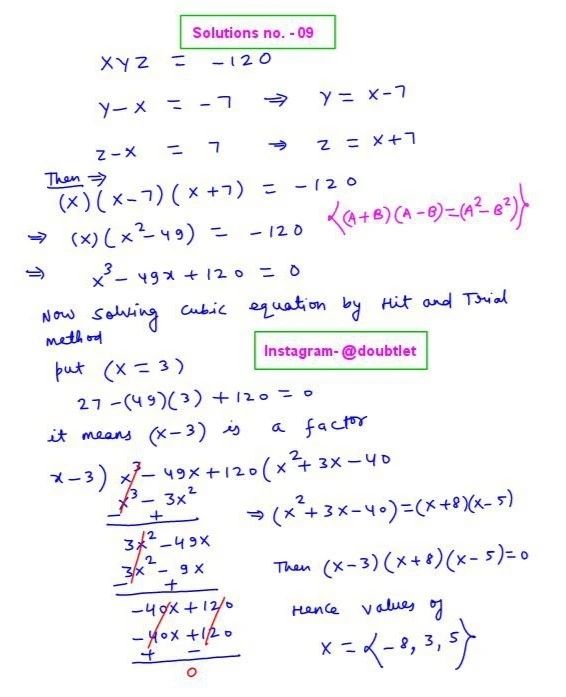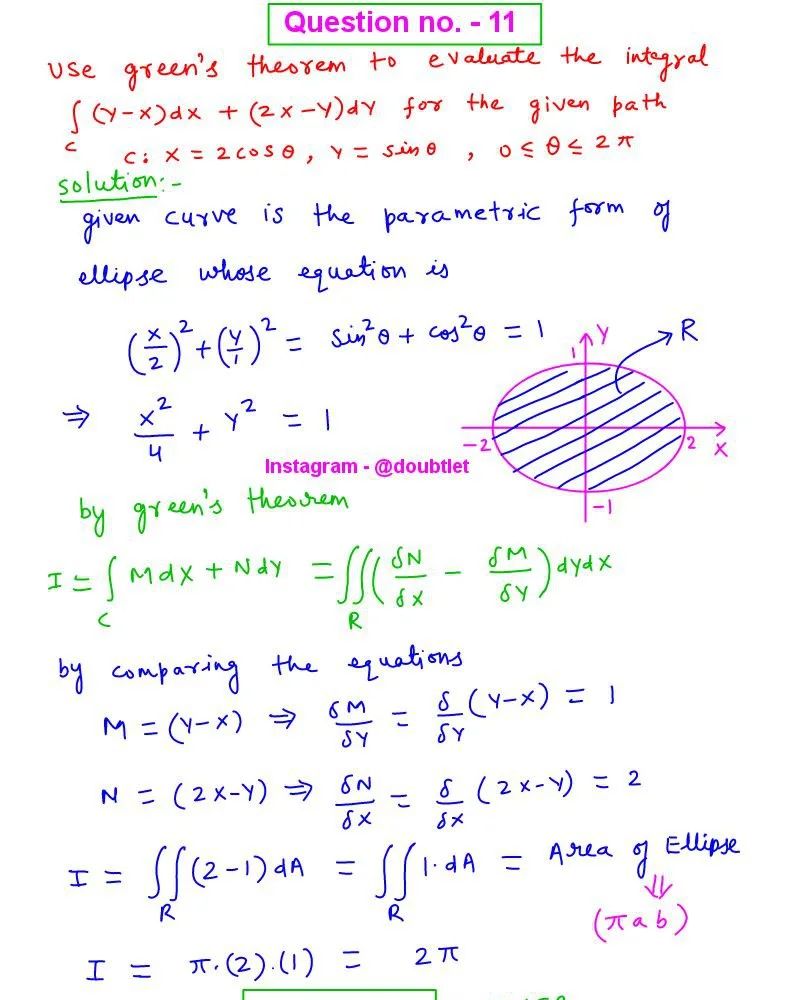
Neetesh Kumar | December 29, 2024
Calculus Homework Help
This is the solution to Math 1c
Assignment: 11.1 Question Number 6
Contact me if you need help with Homework, Assignments, Tutoring Sessions, or Exams for STEM subjects.
You can see our Testimonials or Vouches from here of the previous works I have done.
Get Homework Help
Step-by-step solution:
The given sequence is:
an=1+(−52)n.
Step 1: Calculate the first ten terms of the sequence:
For each n, substitute the value of n into the formula an and evaluate to four decimal places:
-
For n=1:
a1=1+(−52)1=1−52=1−0.4=0.6
-
For n=2:
a2=1+(−52)2=1+(254)=1+0.16=1.16
-
For n=3:
a3=1+(−52)3=1−1258=1−0.064=0.936
-
For n=4:
a4=1+(−52)4=1+62516=1+0.0256=1.0256.
-
For n=5:
a5=1+(−52)5=1−312532=1−0.01024=0.98976
-
For n=6:
a6=1+(−52)6=1+1562564=1+0.004096=1.004096
-
For n=7:
a7=1+(−52)7=1−78125128=1−0.0016384=0.9983616
-
For n=8:
a8=1+(−52)8=1+390625256=1+0.00065536=1.0007
-
For n=9:
a9=1+(−52)9=1−1953125512=1−0.000262144=0.9997
-
For n=10:
a10=1+(−52)10=1+97656251024=1+0.0001048576=1.0001048
Thus, the first ten terms are:
| n | an |
|---|
| 1 | 0.6 |
| 2 | 1.16 |
| 3 | 0.936 |
| 4 | 1.0256 |
| 5 | 0.98976 |
| 6 | 1.004096 |
| 7 | 0.9983616 |
| 8 | 1.0007 |
| 9 | 0.9997 |
| 10 | 1.0001048 |
Step 2: Determine if the sequence has a limit:
As n increases, the term (−52)n approaches 0 because −52 has an absolute value less than 1:
n→∞lim(−52)n=0.
Thus, the sequence an approaches:
n→∞liman=1+0=1.
Final Answer:
(a)
| n | an |
|---|
| 1 | 0.6 |
| 2 | 1.16 |
| 3 | 0.936 |
| 4 | 1.0256 |
| 5 | 0.98976 |
| 6 | 1.004096 |
| 7 | 0.9983616 |
| 8 | 1.0007 |
| 9 | 0.9997 |
| 10 | 1.0001048 |
(b) Yes
(c) 1
Please comment below if you find any error in this solution.
If this solution helps, then please share this with your friends.
Please subscribe to my
Youtube channel for video solutions to similar questions.
Keep Smiling :-)















Leave a comment